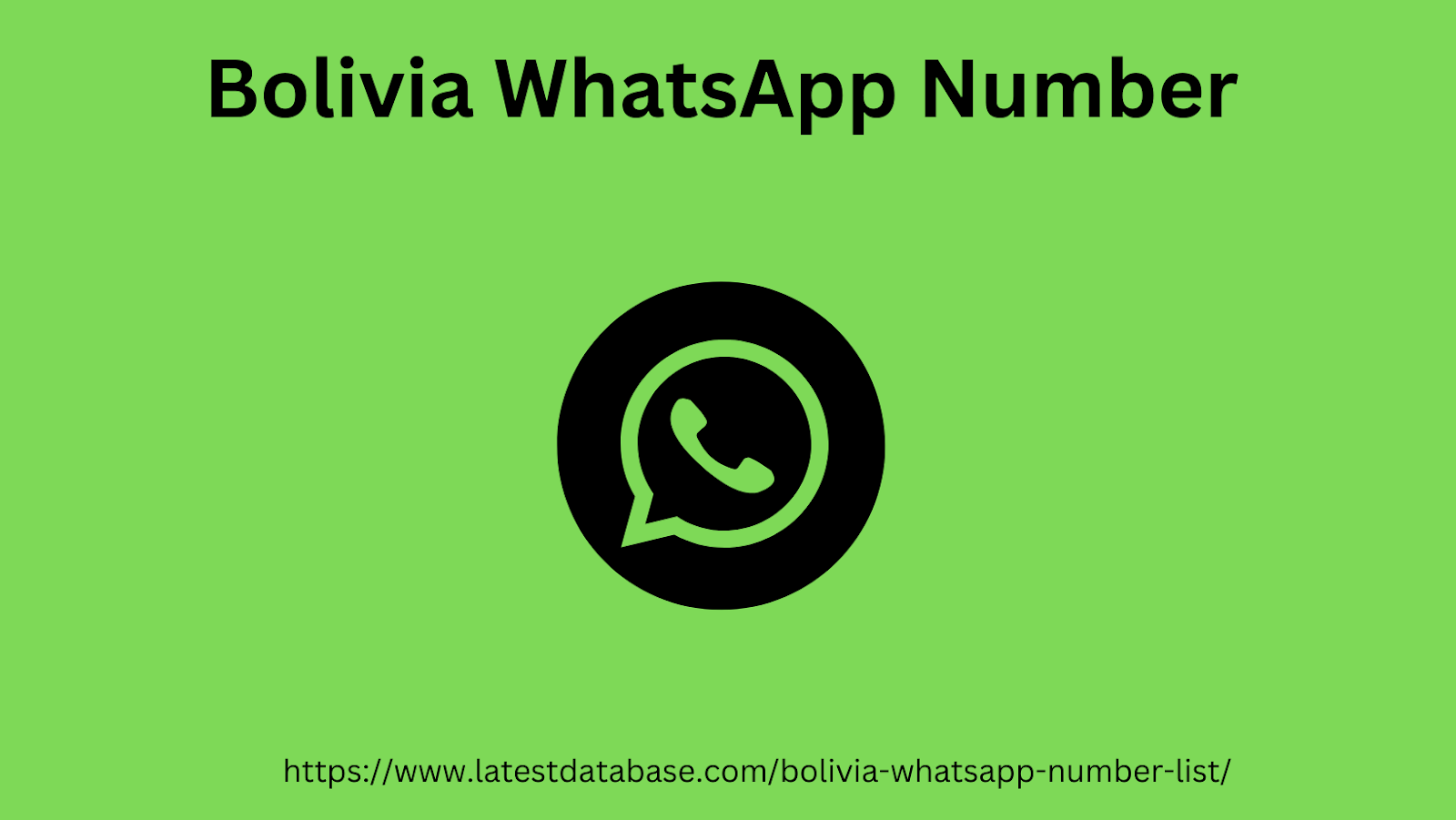|
|
By using analytics tools and techniques, businesses can evaluate the impact of their campaigns, better understand their audience, and make decisions accordingly. Analytical marketing is based on the use of data to identify patterns , trends and opportunities to optimize marketing efforts and maximize return on investment (ROI). is the consequence of a deep analysis of data, but what with the best data for this task?Data for analytical marketing: where does it come from.
Marketing or analytical marketing uses a combination of quantitative and Bolivia WhatsApp Number qualitative data. Quantitative data includes numerical metrics such as sales, clicks, conversions, and open rates. Qualitative data is collected from customer reviews, social media comments, and user feedback. According to the sources, there are different types of data:Third Party Data – This is data collected and then rented or sold by organizations with no connection to your business.

Second Party Data : They are collected by another organization and shared as the companies have an association or commonalities, such as a similar audience or geographic location.First Party Data : This is the first party data that is collected in the company.own data in analytical marketing functionsSource: Think with GoogleFirst-party data is the highest quality and is the main source of analytical marketing. According to Hubspot , “ first-party data is important because it is collected directly from the people you have the most to learn from: your own audience.”How analytical marketing makes a difference in your marketing strategyAnalytical marketing has the advantage of being based on data from 100% reliable sources.
|
|